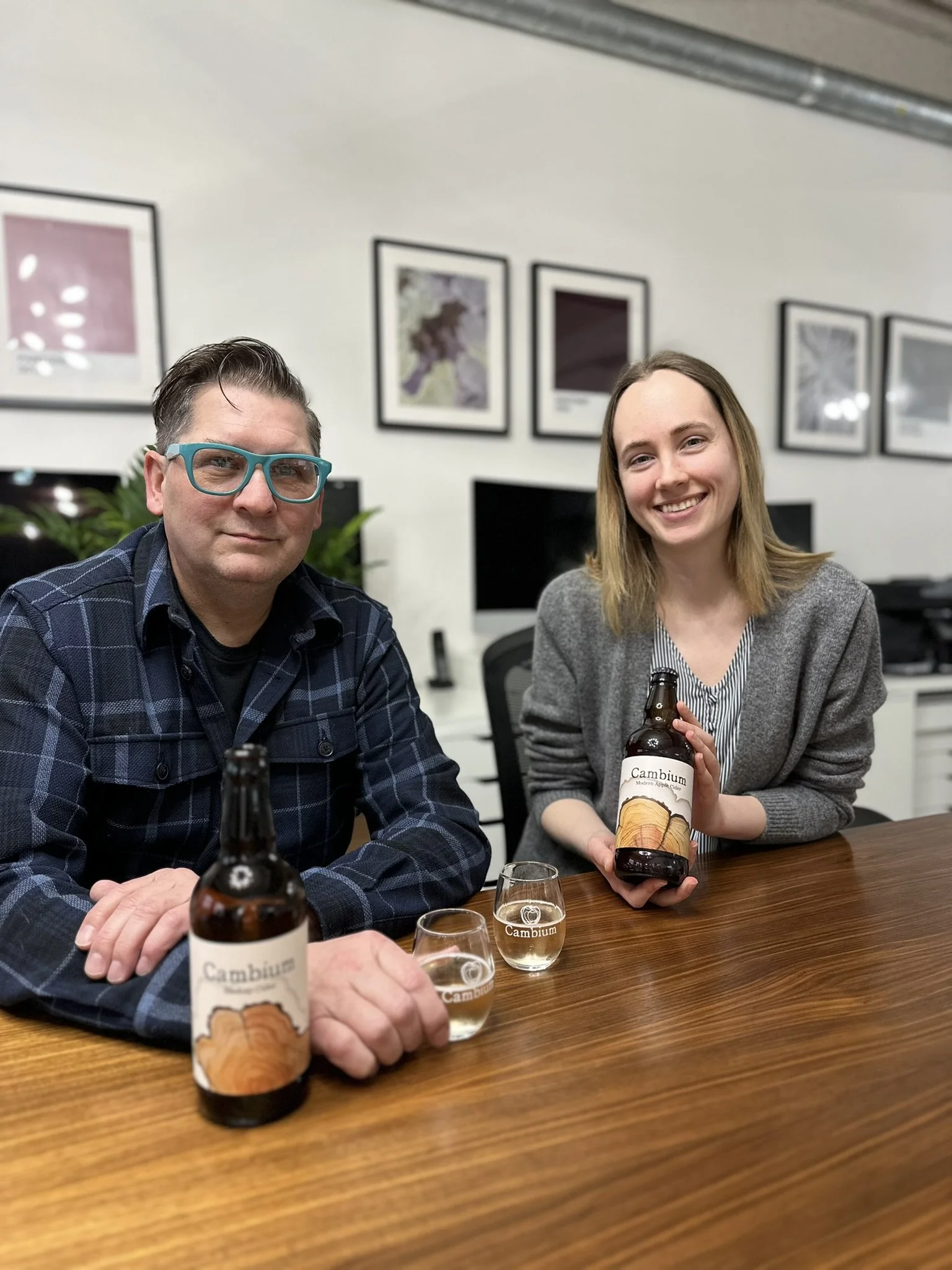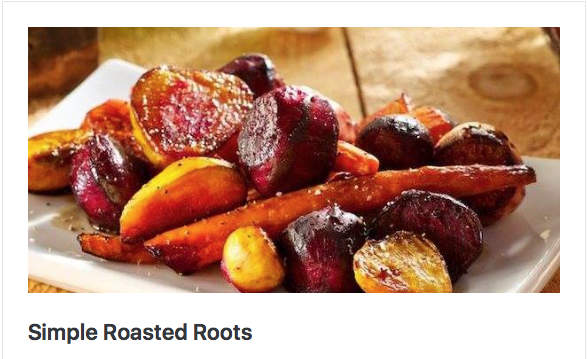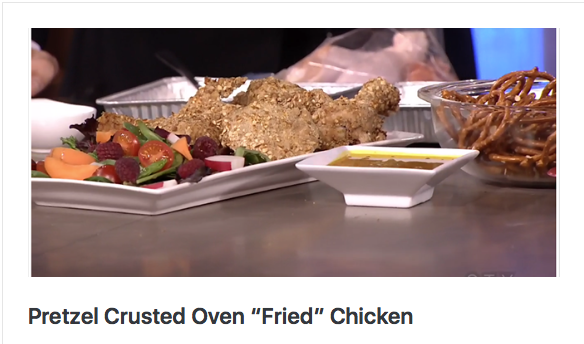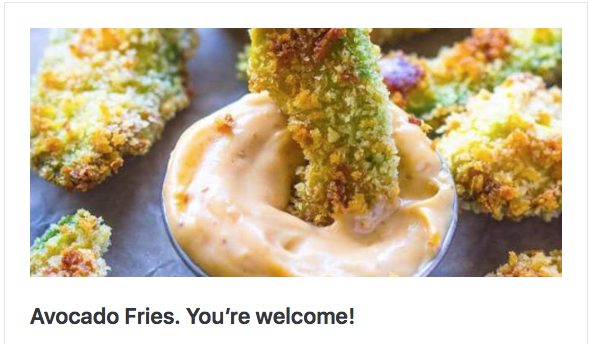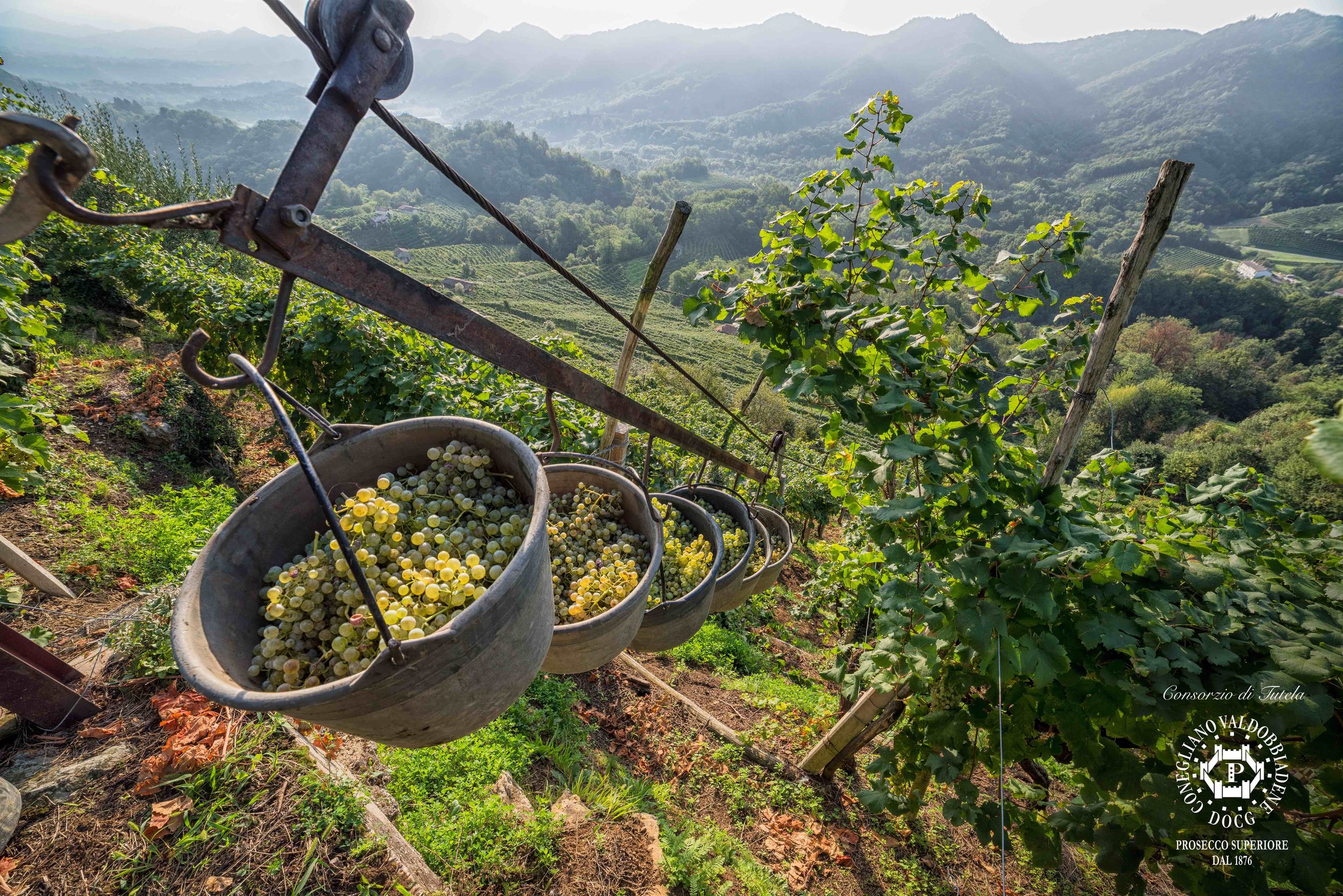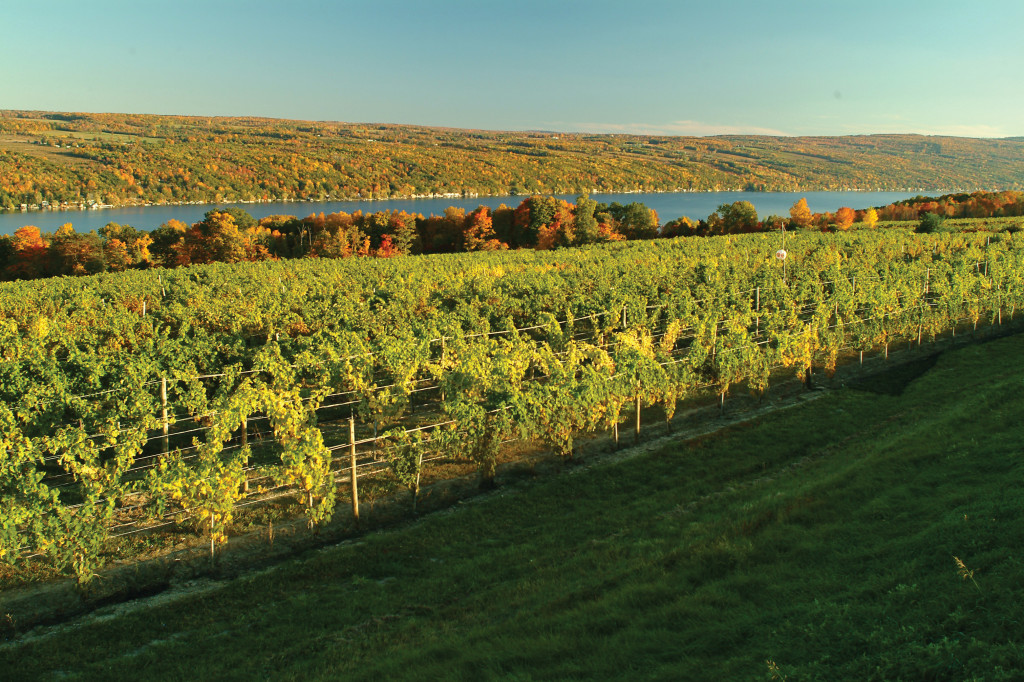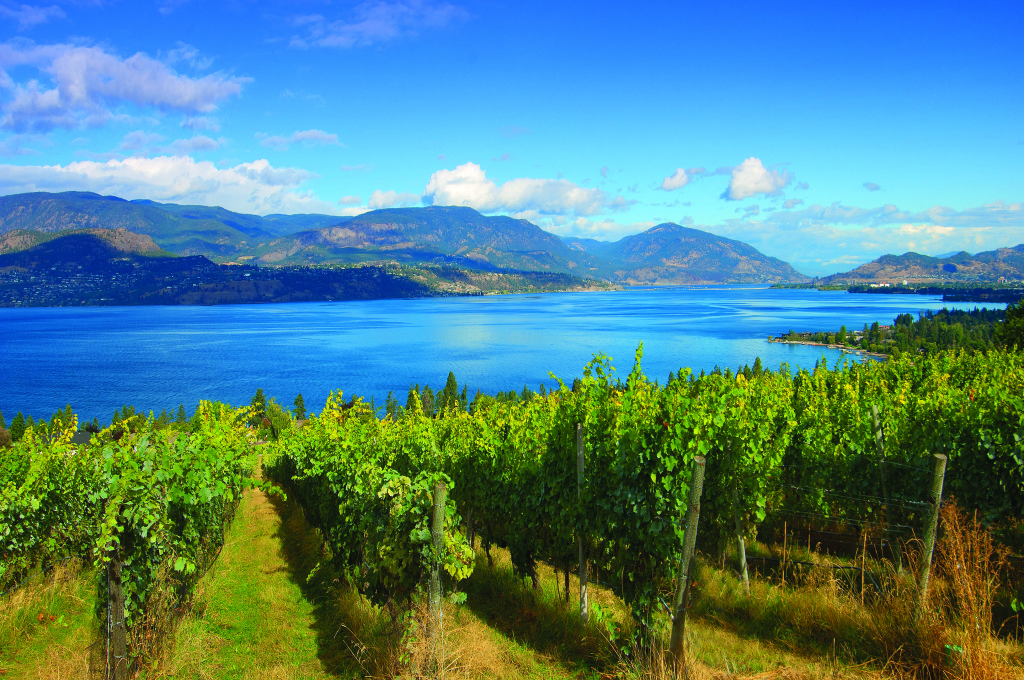The BC wine scene welcomes the arrival of an extraordinary addition just in time for the holiday season. Rara Avis, the first-ever fortified BC wine expression made from the coveted haskap berry, offers a truly unique experience for both seasoned oenophiles and those seeking the perfect gift.
10 Tips to Travel Safely in BC This Summer
Singletree Winery Naramata, located in Naramata, BC
As British Columbia enters phase three, locals are beginning to wonder what this summer will hold. The weather is slowly starting to get better, which means more opportunities to go outside and explore this great province. With no other way to vacation, it looks like we’ll be travelling within BC for the next few months.
The only problem is…how do we do so safely?
To make sure we’re travelling responsibly this summer, Destination BC has issued 10 things to remember before heading out on your next BC adventure.
Reposted from Destination BC, June 15, 2020
1. Do your research
Take extra time to research and plan your trip in advance, and make sure you have a Plan B if your activity is at capacity. Many businesses and services in BC have adopted new protocols, and changes to their schedules or policies to ensure your safety. You’ll want to become familiar with them ahead of time. For example, you may have to book in advance for attractions or experiences where you didn’t before, and transportation schedules, like BC Ferries, may be operating at reduced capacity. Some businesses or outdoor spaces may remain closed. See the HelloBC.com accommodations listings, transportation listings, and experience provider listings to start your research, and contact the local Visitor Centre for more information.
2. Be respectful
While many communities in BC will be welcoming people back this summer, some, such as many of BC’s Indigenous communities, can’t welcome you just yet. Please be respectful of these communities and know that they’ll welcome you when they are ready. See Know Before You Go to learn more about what’s open, or contact the local Visitor Centre.
3. Travel in smaller groups
If you normally travel with extended family or with several friends, consider travelling in a smaller group this summer. Travelling with fewer people makes it easier for you to practise physical distancing in public, and may have less of an impact on the destination.
4. More time, fewer locations
Consider a slower travel pace this summer to help curb the spread. Instead of checking in and out of multiple destinations during one trip, choose one destination and one accommodation for your entire trip, and use that as a ‘home-base’ for exploring all the destinations nearby.
5. Pack essentials
If you’re heading to a more rural area of the province, stock up with the essentials before you leave home (i.e. groceries). This helps lessen your impact on BC communities who may be experiencing supply issues, and reduces your touchpoints within communities who may have limited health care facilities. Even better: create a Clean Trip Kit, including hand sanitizer, soap, gloves, masks, and toilet paper. While some businesses and destinations may supply these for visitors, it’s not a guarantee.
6. Stay apart, stay safe
Practise physical distancing and frequent handwashing hygiene to help prevent the spread of COVID-19. Follow the recommendations from the BC Centre for Disease Control to learn about preventative activities, and talk to the tourism businesses you are visiting about the steps they are taking to keep you and their staff safe. WorkSafeBC now requires all businesses to post their new COVID-related health and safety protocols at their workplace for staff and visitors to see.
7. Leave No Trace
When exploring BC’s outdoors, always leave it in a better state than when you arrived. Respect local wildlife. Minimize campfire impacts and check BC Wildfire Service for fire bans and fire safety tips. Pack out what you pack in, and dispose of waste properly. These are just some of key principles of Leave No Trace, a set of seven guidelines for enjoying the outdoors responsibly while minimizing your impact on the landscape. Visit Leave No Trace and BC Wildfire to learn more.
8. Be AdventureSmart
No matter what outdoor activity you are planning, you must be prepared. Remember to follow the three Ts—trip planning, training, and taking the essentials. AdventureSmart is a great resource to get informed before heading outdoors.
9. Be calm, be patient, be kind
Remember, activities may take longer than usual, or places may be at capacity when you arrive. Be calm, patient, and kind, and remember, we’re all in this together.
10. Support BC and have fun!
BC’s tourism businesses are eager to welcome you back this summer and your support is more crucial than ever. Remember, with the border closed, our businesses are relying on British Columbians. For now, you have the province all to yourself! Make the most of it. See What’s Open in BC by Community to learn where you can support local businesses.
More Helpful Links:
• HelloBC Know Before You Go
Destination BC is on Twitter and Instagram. Find them at @HelloBC
What Foods Will Trend in 2017?
Wish you had a crystal ball to predict 2017's hottest food trends? BBQ champion and culinary expert Angie Quaale of Langley's Well Seasoned Gourmet Food Store has compiled a list of her predictions of the foodie fads for next year. 1. Reduction of Food Waste
- Using everything from bones to vegetable stems, tops, and peels, Quaale suspects that this eco-friendly trend will skyrocket in 2017.
2. Coconut Flour
- This item is going to gain popularity, and not just for people with gluten sensitivity. It is delicious and will appear in kitchens as a more widely used flour option.
3. Soup
- From simple bone broth to zesty gazpacho, soup's popularity will contribute to the reduction of waste while simultaneously feeding your soul.
4. More Veggies
- Meat isn't going anywhere in 2017, but veggies as sexy sides are going to get more attention - especially if they're charred.
5. Fried Chicken
- There are many types of fried chicken, but Quaale predicts that the Nashville Hot variety will specifically be more visible next year. This particular variation is super crisp and soaked in hot sauce - not for the faint of heart.
6. Avocados
- Avocados keep getting bigger and bigger - and not size. They are showing up in breakfast and as the main feature in desserts, used to thicken sauces and add texture and richness to countless dishes. Avocados aren't going anywhere in 2017, especially Mexican because they are available every season of the year!
7. Big Bowls
- Soups, salads, noodles, acas - big bowls are easy to eat, and can usually be made well ahead of time, making them super convenient. They are also usually fast and fresh.
8. Craft Cider
- Step to the side craft beer, craft cider is hot on your heels!
9. Iced Tea
- In 2017, Quaale foresees the rise of this classic beverage brewed from real tea, tweeted naturally with honey and fruit juices; also made into cocktails.
10. Pimento Cheese
- The caviar of the south. If it isn't a trend in 2017, it should be and it will be in Canada soon... it is too delicious not to start popping up!
What are your food predictions for 2017? Let us know below!
Veneto Wines on the rise in BC
The Veneto region of Northern Italy, much like British Columbia, is an intersection of countries, communities and cultures. It is also one of the world’s most dynamic and history-rich wine centres. For the past few years, the complimentary Veneto wine regions of Valpolicella DOC and DOCG wines and Prosecco Superiore DOCG have joined forces to invest resources in trade and media events in Western Canada. Now consumers across BC are taking notice.
By contrast, sales of Valpolicella wines are on a more gradual curve, rising 3% from May 2015 to April 2016 at BC Liquor Stores, yet in recent months have increased by a dramatic 16%, on the heels of Italy as the featured country at the 2016 Vancouver International Wine Festival in February.
The 2016 Vancouver International Wine Festival featured Italy as the theme country. Last year, Italy surpassed France to become the world’s largest wine producer, according to the European Union. As of March 2015, Italian wine is second only to the USA in the value of imported wines to British Columbia, based on figures from the BCLDB.
BC wine lovers are purchasing these wines because they offer unbeatable value for money, with diverse flavour profiles that make them versatile with West Coast food pairings. Also, the two Veneto regions are embracing environmentally-sustainable winegrowing methods, which resonates strongly with British Columbians. These two regions are the ones to watch, becoming darlings on local wine lists as well.
In Valpolicella DOC and DOCG and Prosecco Superiore DOCG, life revolves around the grape. Together, the two areas showcase a balanced representation of the best of Northern Italian wines. Each region offers what the other does not, making them the perfect pairing.
Value and Quality
The wines of Valpolicella are known for their freshness balanced by natural acidity, moderate alcohol, elegant texture, versatility, and for their authentic expression of terroir. Within Valpolicella, there are five main styles ranging from fresh, fruity and affordable Valpolicella Classico, to complex and full-bodied Amarone della Valpolicella, which are generally more expensive, and able to age gracefully in bottle. In between are Valpolicella Ripassos, which are medium-bodied, food-friendly wines of moderate price, perfect for everyday enjoyment. Flavours within the wines range from fresh raspberry and cherry, to notes of dark chocolate, sweet earth and dried fruit.
Prosecco wines are made using a fermentation process known as the Charmat, or tank method, which adds the sparkle. This process is much less costly than the traditional Champagne, or bottle-fermented, method, which allows most Proseccos to be affordably-priced between $20-30 in British Columbia. A luxurious value, Prosecco wines reveal notes of tropical fruits, pear, citrus and green apple.
Fabulously Food Friendly
Giulia Pussini, event manager of Consorzio Tutela del Vino Conegliano Valdobbiadene Prosecco, which represents producers from the historical area of Prosecco production and Olga Bussinello, director of Consorzio Tutela Vini Valpolicella agree it's no surprise that British Columbian consumers like both types so much, since they are known to be "wines of pleasure", with the power to tell the story of the regions they come from through the history, tradition, and innovation of the families and people who work there. It's about passion. It's about love. And that's something that everyone can understand. "Prosecco Superiore," says Giulia Pussini, "is so approachable and versatile that it is great as an aperitif or with light cuisine such as seafood, sushi, and other spicy foods."
Sustainability in Action
A key initiative for the Valpolicella region in 2017 is a five-year pilot project with a sharp focus on sustainability. The initiative, which shows leadership within the European Union, encourages producers to eliminate chemical use (herbicides, pesticides) in the vineyard and the winery, reduce energy usage, and improve waste management.
In 2008, a project was launched for the hills of Conegliano Valdobbiadene in Prosecco to be recognized as a UNESCO World Heritage Site, with certification expected in 2017. The champions of this project point out the unique position that the region has held as both a cultural landscape, and a leader of agricultural innovation, specifically within the field of sparkling wine.
"Valpolicella wines," concludes Bussinello, "could easily be paired with Asian cuisine, beef tenderloin with white truffles and Parmigiano Reggiano cheese fondue, porcini mushroom risotto, or aged cheeses.”
Ultimately, the wines of Valpolicella and Prosecco Superiore DOCG appeal to BC wine drinkers as they offer something for everyone, each at modest price points, while bringing something unique to the dinner table.
Compare and contrast: Finger Lakes Wine and BC Wine
by Sujinder Juneja #TownHallOnTour
#FLXWine vs #BCWine
We have been lucky enough to attend the 8th annual Wine Bloggers Conference, a gathering of bloggers (naturally), industry professionals and wine lovers. This year, the event was held in Corning, New York with a focus on the great wines, producers and the people of the Finger Lakes AVA.
A diverse, progressive and passionate industry, the Finger Lakes wine region shares many similarities with that of British Columbia, where we are happy to call home. Here are a few of our observations on the connections between the two regions, for your reading pleasure:
Cool Climate Viticulture
The Finger Lakes and British Columbia are both described as ‘cool climate’ wine regions and on average, share a similar amount of degree growing days. However the Finger Lakes region experiences a highly variable climate, with cold winters, cool to warm summers and a short growing season. While there is diversity of climate within the five main BC wine regions (Okanagan Valley, Similkameen Valley, Fraser Valley, Vancouver Island, Gulf Islands), the climate is less extreme overall and degree days are higher on average.
Planting Grapes To Site
The most established wine regions in the world plant grape varietals that are best suited to that particular site or climate. The most planted grapes in the Finger Lakes are Riesling, Chardonnay, Pinot Noir and Cabernet Franc along with a selection of lesser known Vitis vinifera (Blaufränkisch, Saperavi, Sereksiya Charni), native Vitis labrusca (Catawba, Niagara) and French-American hybrids (Traminette, Vidal, Seyval Blanc, Valvin Muscat) that suit the climate and produce balanced and delicious wines. By contrast, the top white grape varietals in BC are Pinot Gris, Chardonnay, Gewürztraminer and Merlot, Pinot Noir and Cabernet Sauvignon for the reds. Other crosses and hybrids such as Ortega, Marechal Foch and select Blattner Hybrids are also planted to produce successful wines. The Finger Lakes and BC wine industries began with native and hybrid varietals with the belief that they would better suit the climate, but consumer preferences in the Fingers Lakes and British Columbia are favouring the more popular vinifera varietals.
What’s Wrong With Hybrids Anyway?
Nothing. If a hybrid grape is grown on a site which allows it to mature to full ripeness, and in the hands of a talented winemaker, they can produce wines that are both balanced and delicious. It’s worth noting that hybrids sell for significantly less by the ton, compared to vinifera varietals, which can affect a winery’s bottom line. Add to that the fact that hybrids are generally less well-known and often hard to pronounce, and therefore market to consumers. One of the most vocal debates during Friday’s Introduction to Finger Lakes Wine Country panel discussion swirled around the contentious use of crosses and hybrids in the region. Consider this: if a hybrid varietal, developed specifically for a particular climate, can produce tasty wines, should they not be celebrated, granting uniqueness to the wine region as a whole? Not all winemakers are convinced. But if you ask someone like Art Hunt at Hunt Country Vineyards, he’ll tell you that his varietally-labelled Seyval Blanc and Valvin Muscat are among their most popular wines. “Millennials want to try new things,” he says. “You can taste 100 Rieslings from the Finger Lakes, but wine drinkers want experience something unique.”
Judy Wiltberger at Keuka Spring Vineyards is proud to show off her Vignoles, a French-American hybrid that sells out every year. In her experience, the key is to market regionally, get people into the tasting room where people can try the wines in person. 70-75% of her sales are through her cellar door and challenging her guests with distinct varietals is a way to excite their palates with something new.
A Sense of Community
Unlike other more competitive regions in the global wine world, the Finger Lakes and British Columbia both enjoy a strong sense of community and partnership. I know firsthand that winery owners and winemakers in BC regularly collaborate and share information and ideas that make the region stronger as a whole. The same is absolutely true for the wineries of the Finger Lakes. If you had the chance, for example, to taste the Tierce Riesling, made by Fox Run, Anthony Road and Red Newt, you’ll know that the wine – and the wine region – is greater than the sum of its parts.
A Window to the World
The Finger Lakes and British Columbia wineries both face the double-edged sword that most of their wine is consumed in their local areas. The challenge offered by the locavore movement in North America means that major cities such as New York and Vancouver consume most of the wine produced in each respective region. Add to that the high tourism rate that each region enjoys means that most wine is sold via the cellar door, limiting the chance for export and global distribution. What this means is that fewer consumers internationally have the chance to taste the wines and understand what the region is all about. At this point, allocation to outside markets becomes a critical path to increasing the prestige and recognition of the regions as a whole.
With Open Arms
At the end of the day and at the end of this conference, the greatest impression left on us about the Finger Lakes wasn’t the wine. It was the people. It wasn’t just the wineries and winemakers that opened their arms to welcome us, but also the restaurants, shops, hotels and the community at large. From our first day in Keuka Lake, throughout the expertly-organized pre-conference excursion and to the last day of the conference itself, there was an excitement and overall warmth that was impossible to ignore, and wonderful to be a part of. When the wine bloggers visited Penticton, British Columbia for #WBC13 it was a similar experience as well. Community, a sense of place, and the celebration of diversity were as much a part of the 2013 Wine Bloggers Conference as they are in 2015.
See you in 2016 in Lodi, California.
Looking ahead to the Wine Blogger's Conference
By Leeann Froese We are looking forward to sending two members of our team (myself and Sujinder Juneja) to the Wine Bloggers Conference in Finger Lakes, New York this August. This will be my 4th consecutive conference, and Sujinder's third.
Being named Wine Enthusiast's wine region of the year in 2014 made me very curious about what this region has to offer, because as world wine regions go the Finger Lakes Region is still relatively unknown.
This is not meant as a slight towards the region because I feel like our own home wine region here in British Columbia is also off the radar, and this is something we have in common. That same Wine Enthusiast article also named Canada / British Columbia / Okanagan as one of the gems to discover in the world. What will New York have to offer? In my minds eye it's not as hot as it is here in the west, and I have never traveled into this particular area south of Ontario so it will be new territory for me
Adam Strum, publisher and editor of Wine Enthusiast, writes "The New York wine industry has made a remarkable comeback in the past 30 years in terms of the quality of wines, number of wineries, and economic impact."
The Finger Lakes Wine Country boasts over 100 wineries centered around the region’s four main lakes: Cayuga, Seneca, Keuka and Canandaigua.
British Columbia has more than 200 wineries, but like Finger Lakes, the Okanagan wine region is centered around Okanagan, Skaha, Vaseaux, Tuc el Nuit, and Osoyoos Lakes.
In both cases, these bodies of water offer a moderating effect to the landscape and allows for premium grape growing. Is this where the similarities end?
I am sure that both regions offer people who love what they do, and I look forward to learning what kind of tourism infrastructure and hospitality the Finger Lakes region offers. What other compare and contrast points will we find? I am feeling confident the wines will not be the same!
More on the Wine Bloggers Conference and the Finger Lakes region to come!

